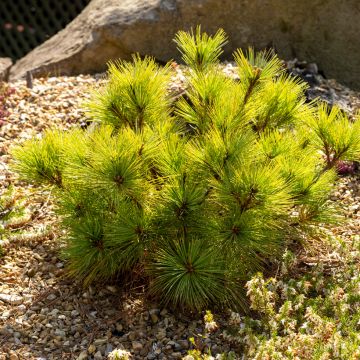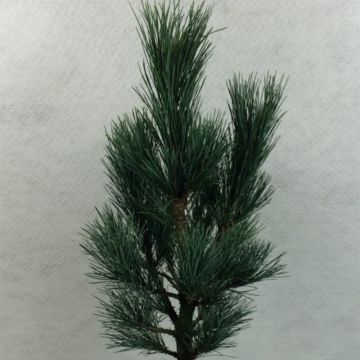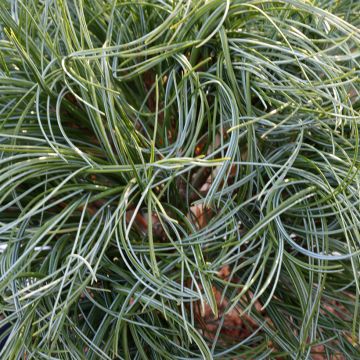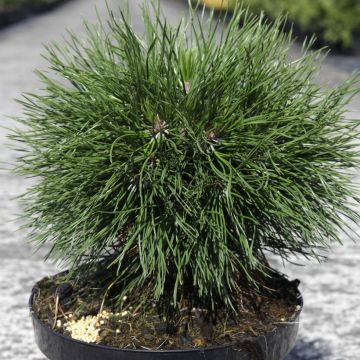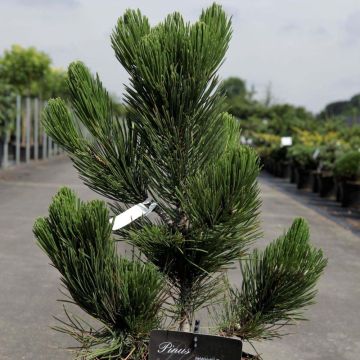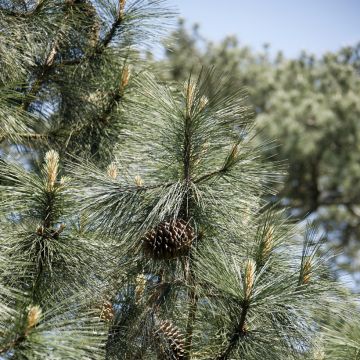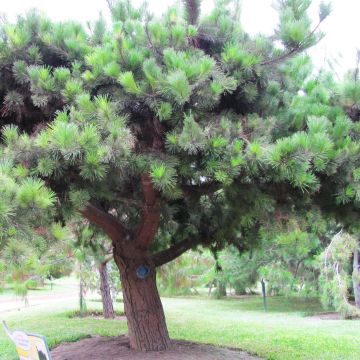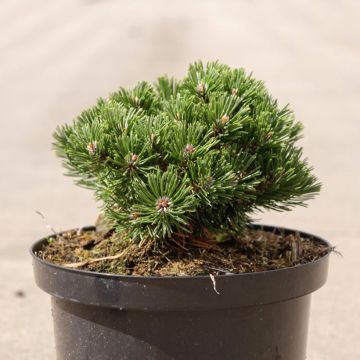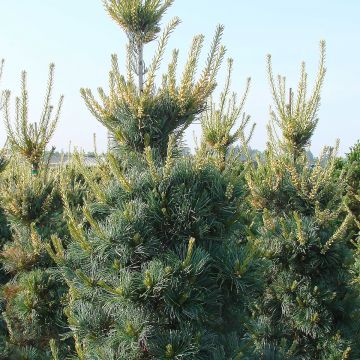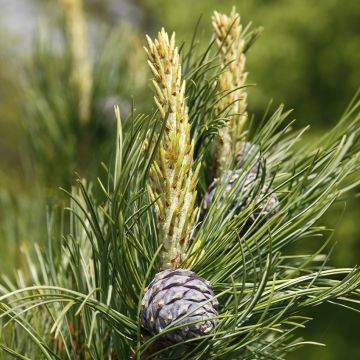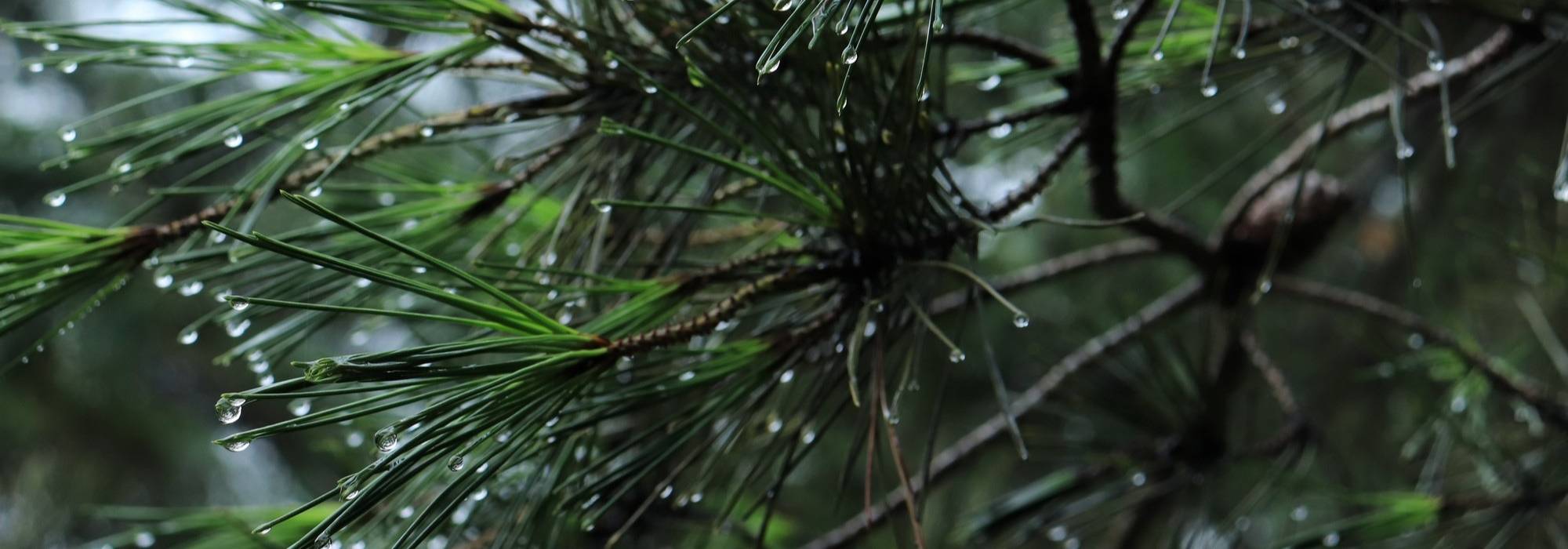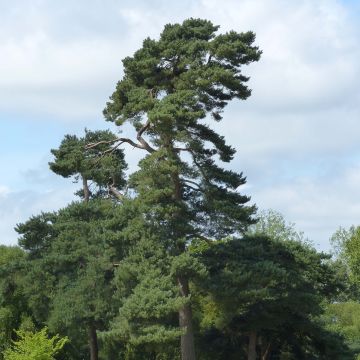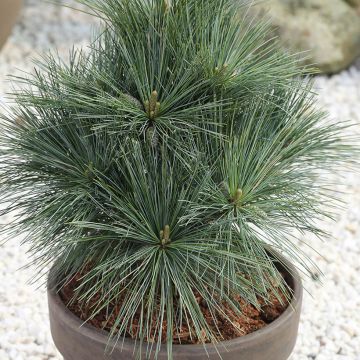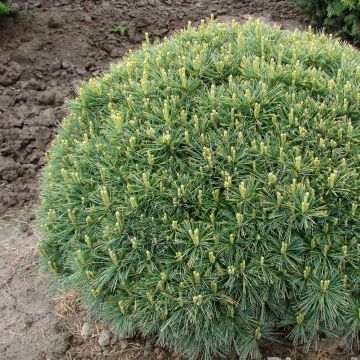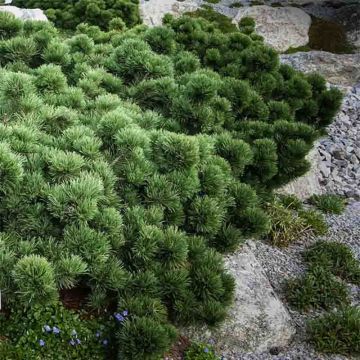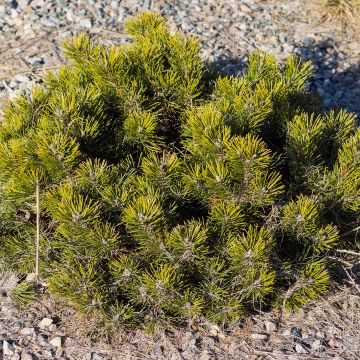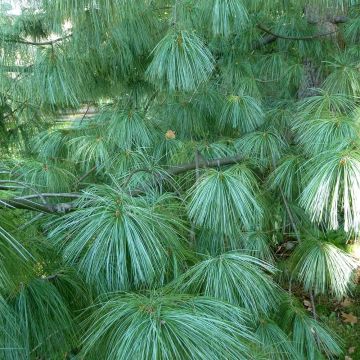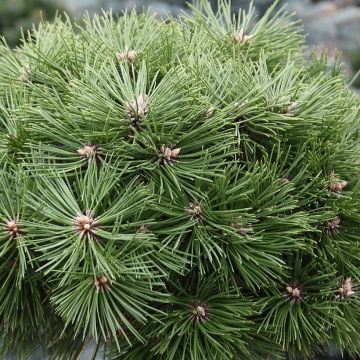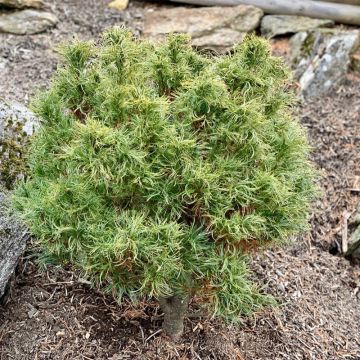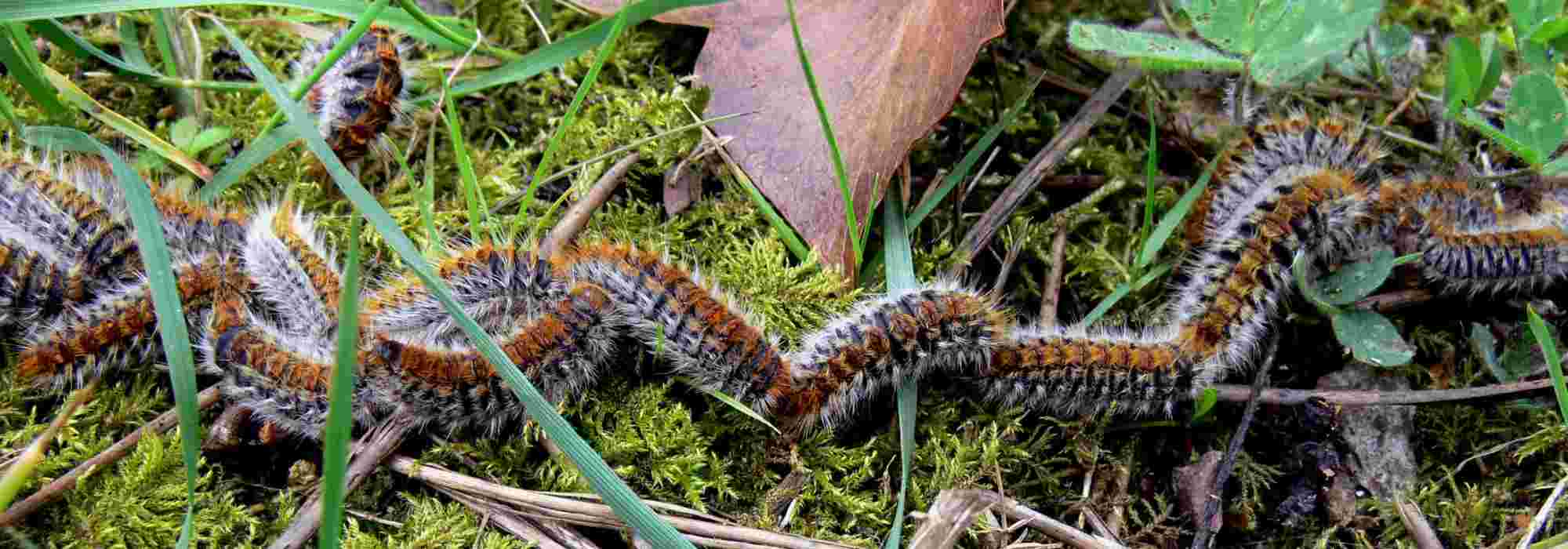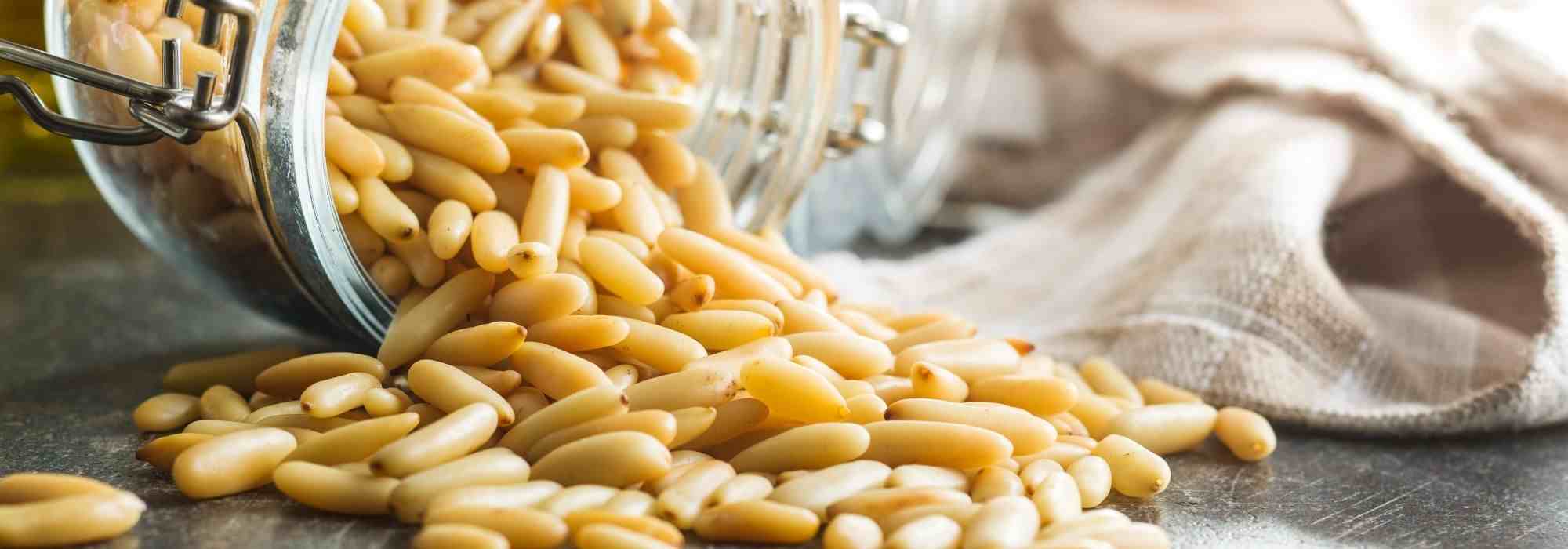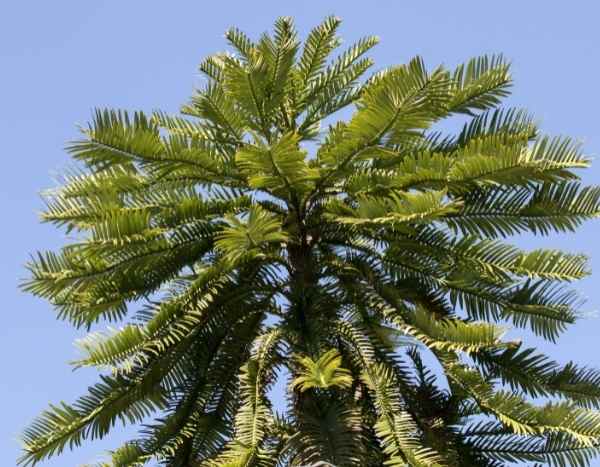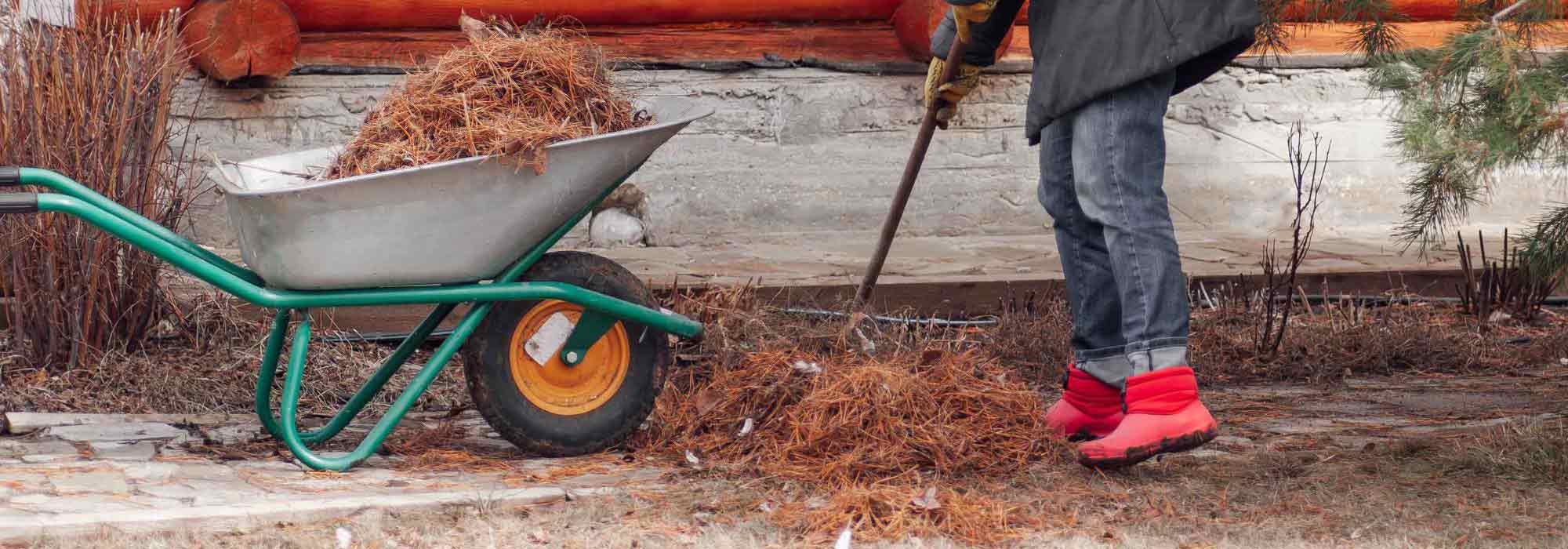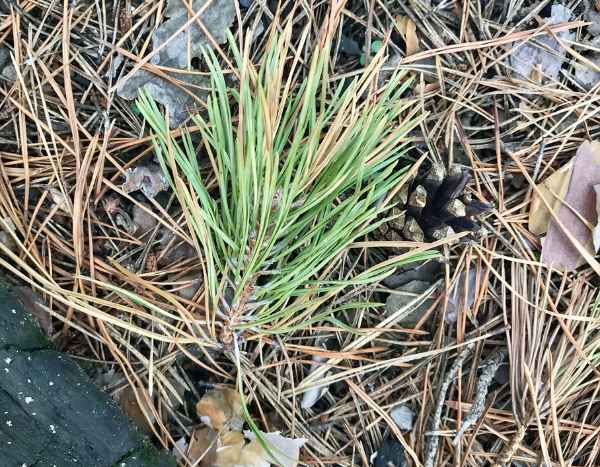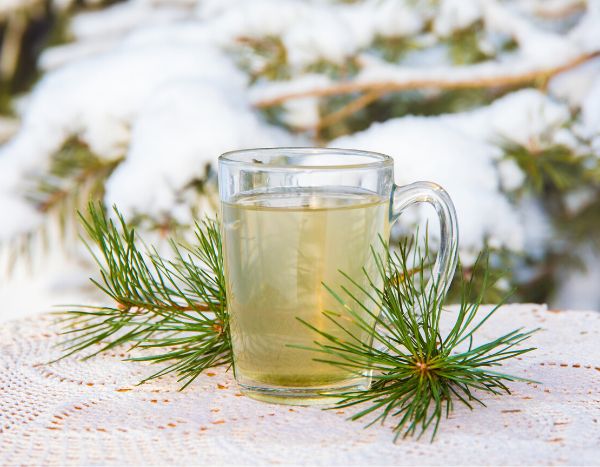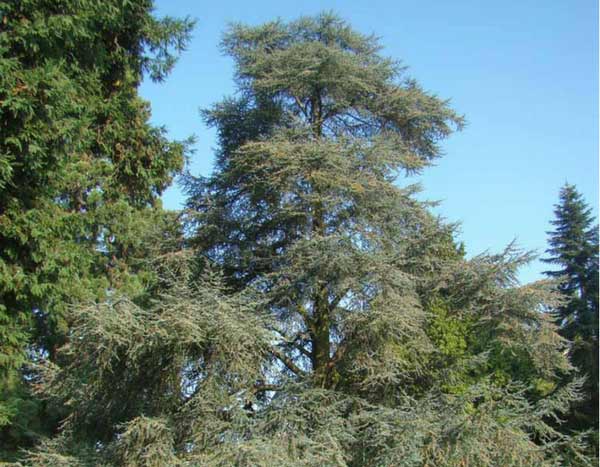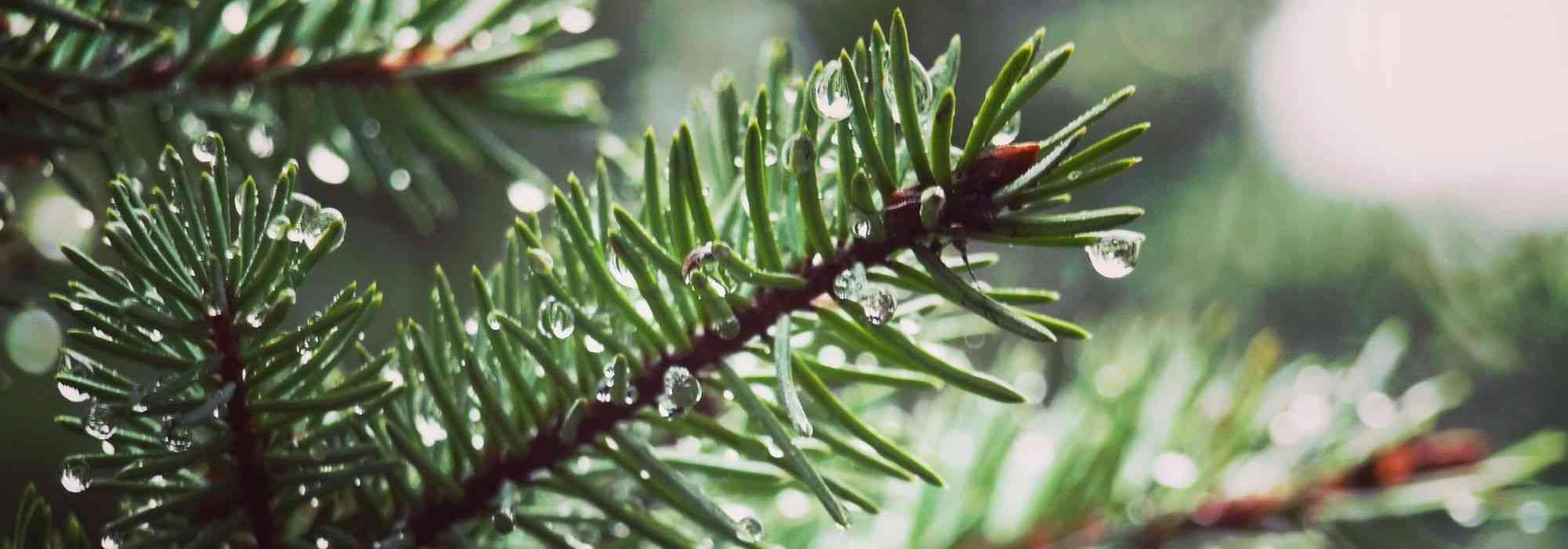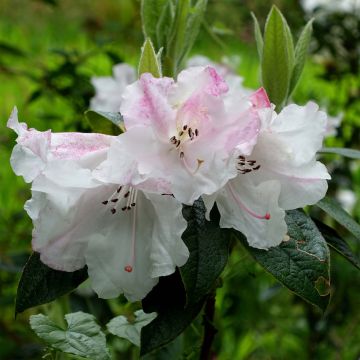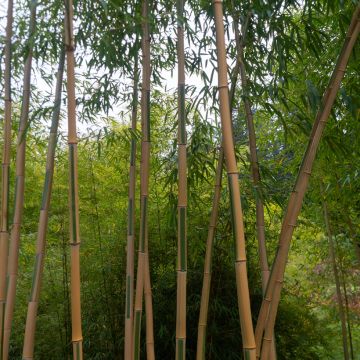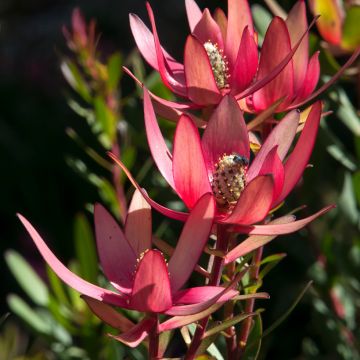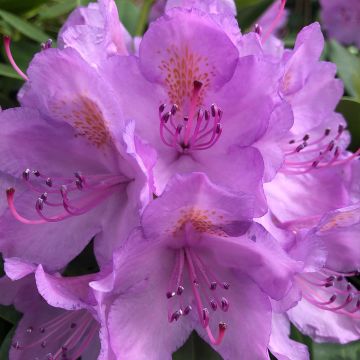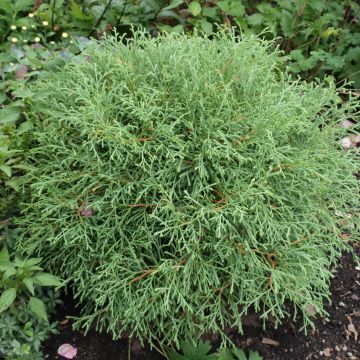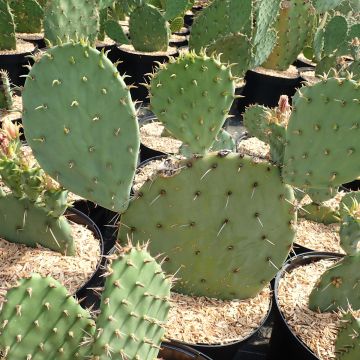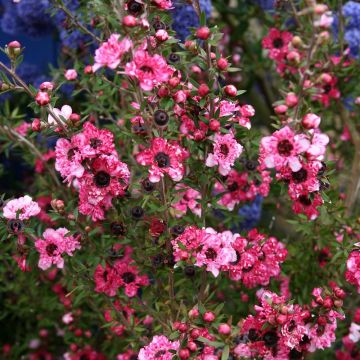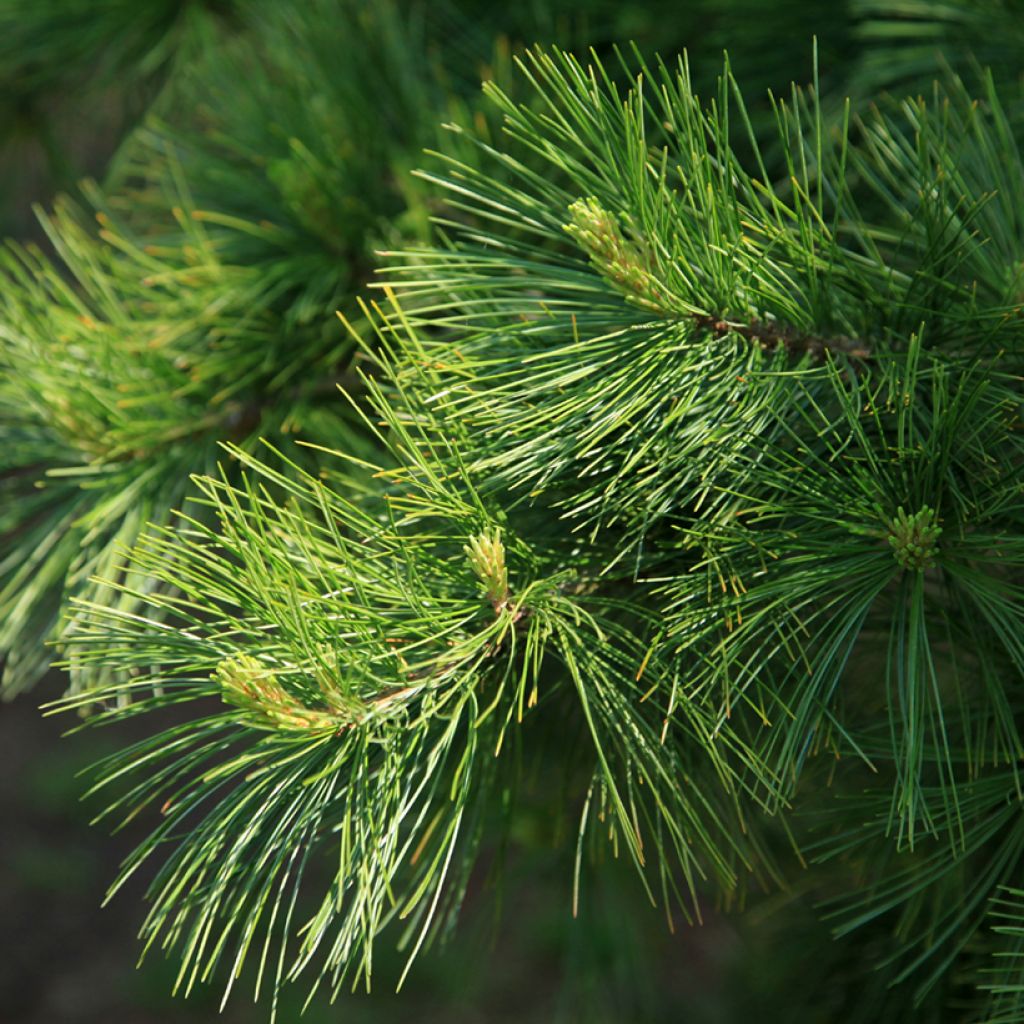

Pinus armandii - Chinese white pine
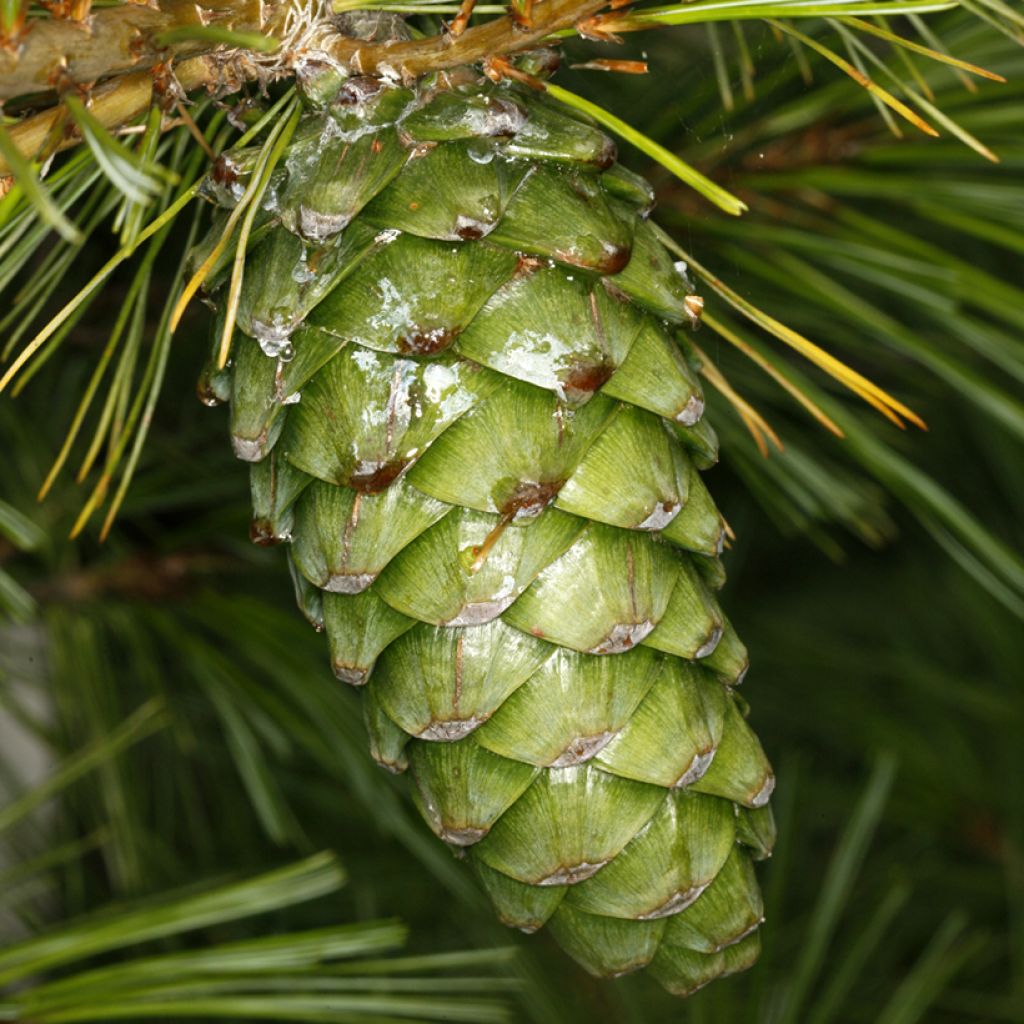

Pinus armandii - Chinese white pine
Pinus armandii - Chinese white pine
Pinus armandii
Chinese white pine, Armand pine, David pine
Special offer!
Receive a €20 voucher for any order over €90 (excluding delivery costs, credit notes, and plastic-free options)!
1- Add your favorite plants to your cart.
2- Once you have reached €90, confirm your order (you can even choose the delivery date!).
3- As soon as your order is shipped, you will receive an email containing your voucher code, valid for 3 months (90 days).
Your voucher is unique and can only be used once, for any order with a minimum value of €20, excluding delivery costs.
Can be combined with other current offers, non-divisible and non-refundable.
Why not try an alternative variety in stock?
View all →This plant carries a 24 months recovery warranty
More information
We guarantee the quality of our plants for a full growing cycle, and will replace at our expense any plant that fails to recover under normal climatic and planting conditions.
Would this plant suit my garden?
Set up your Plantfit profile →
Description
Pinus armandii, the Armand Pine, is also known as the Chinese White Pine. This graceful, rare botanical species is best suited to large estates. This tall conifer is prized for the beauty of its foliage with long, soft needles, in a grey-green hue with bluish highlights. Its large, decorative cones persist on the tree for a long time. This pine deserves a prime spot in the garden as a standalone specimen. Hardy and low-maintenance, it thrives in full sun and adapts to all well-drained soils.
The Armand Pine or Chinese white pine is scientifically known as Pinus armandii. It is a conifer from the Pinaceae family, closely related to the Himalayan weeping pine (Pinus wallichiana or griffithii), but more resistant to cold, diseases, and drought. Native to China, Myanmar, and Taiwan, this species is named after the French missionary Armand David, who discovered it in the 19th century. In the wild, this pine grows at altitudes between 900 and 3500 metres, where it can reach an impressive height of up to 40 metres. In our climate, it typically reaches 20 metres in height. Its habit is conical when young, becoming more rounded in mature trees, with branches perpendicular to the trunk but irregularly spaced. The foliage of the Armand Pine consists of long, flexible needles, measuring 6 to 15 cm in length, with a triangular cross-section. These needles are grouped in bundles of five, which is quite characteristic of pines in this group. They have a blue-grey-green colour. The winter buds are slightly resinous and almost cylindrical. After several years, this conifer produces cones. The male cones are arranged in spirals at the base of new shoots and are 1.5 to 2.5 cm long, light green with reddish tips. They are upright, robust, and ovoid. The female cones are often resinous, measuring between 8 and 20 cm long and sometimes quite broad. These cones are initially green, turning light brown as they mature. They are quite decorative and contribute to the tree’s visual appeal throughout the year. Under ideal conditions, with well-drained soil and good sun exposure, the Armand Pine can grow 30 to 40 cm per year. Its bark is quite ornamental. When young, it is generally smooth and grey. Over time, it thickens and cracks, developing darker shades of grey, brown, or almost black. The deep fissures and irregular plates that form on mature bark give the tree a rugged and robust appearance.
This Armand Pine is not only ornamental but also useful. Its wood is often used in carpentry and furniture-making due to its quality and durability. In a large garden, it can be planted as a standalone specimen or grouped with other pines.
Plant habit
Flowering
Foliage
Botanical data
Pinus
armandii
Pinaceae
Chinese white pine, Armand pine, David pine
China
Other Pinus - Pine
View all →Planting and care
Pinus armandii should be planted from September to November and from February to May in ordinary but well-drained soil. It tolerates chalky conditions. Choose a sunny spot or, at a push, partial shade in warm climates. Soak the root balls thoroughly before planting. Add organic matter at planting time and water generously for the first two years, and during prolonged dry spells. In very poor soil, consider applying a special conifer fertiliser every year in April and hoe the soil in summer. This hardy conifer (down to -17°C) dislikes waterlogged soil in winter and scorching summers.
Planting period
Intended location
Care
Planting & care advice
This item has not been reviewed yet - be the first to leave a review about it.
Similar products
Haven't found what you were looking for?
Hardiness is the lowest winter temperature a plant can endure without suffering serious damage or even dying. However, hardiness is affected by location (a sheltered area, such as a patio), protection (winter cover) and soil type (hardiness is improved by well-drained soil).

Photo Sharing Terms & Conditions
In order to encourage gardeners to interact and share their experiences, Promesse de fleurs offers various media enabling content to be uploaded onto its Site - in particular via the ‘Photo sharing’ module.
The User agrees to refrain from:
- Posting any content that is illegal, prejudicial, insulting, racist, inciteful to hatred, revisionist, contrary to public decency, that infringes on privacy or on the privacy rights of third parties, in particular the publicity rights of persons and goods, intellectual property rights, or the right to privacy.
- Submitting content on behalf of a third party;
- Impersonate the identity of a third party and/or publish any personal information about a third party;
In general, the User undertakes to refrain from any unethical behaviour.
All Content (in particular text, comments, files, images, photos, videos, creative works, etc.), which may be subject to property or intellectual property rights, image or other private rights, shall remain the property of the User, subject to the limited rights granted by the terms of the licence granted by Promesse de fleurs as stated below. Users are at liberty to publish or not to publish such Content on the Site, notably via the ‘Photo Sharing’ facility, and accept that this Content shall be made public and freely accessible, notably on the Internet.
Users further acknowledge, undertake to have ,and guarantee that they hold all necessary rights and permissions to publish such material on the Site, in particular with regard to the legislation in force pertaining to any privacy, property, intellectual property, image, or contractual rights, or rights of any other nature. By publishing such Content on the Site, Users acknowledge accepting full liability as publishers of the Content within the meaning of the law, and grant Promesse de fleurs, free of charge, an inclusive, worldwide licence for the said Content for the entire duration of its publication, including all reproduction, representation, up/downloading, displaying, performing, transmission, and storage rights.
Users also grant permission for their name to be linked to the Content and accept that this link may not always be made available.
By engaging in posting material, Users consent to their Content becoming automatically accessible on the Internet, in particular on other sites and/or blogs and/or web pages of the Promesse de fleurs site, including in particular social pages and the Promesse de fleurs catalogue.
Users may secure the removal of entrusted content free of charge by issuing a simple request via our contact form.
The flowering period indicated on our website applies to countries and regions located in USDA zone 8 (France, the United Kingdom, Ireland, the Netherlands, etc.)
It will vary according to where you live:
- In zones 9 to 10 (Italy, Spain, Greece, etc.), flowering will occur about 2 to 4 weeks earlier.
- In zones 6 to 7 (Germany, Poland, Slovenia, and lower mountainous regions), flowering will be delayed by 2 to 3 weeks.
- In zone 5 (Central Europe, Scandinavia), blooming will be delayed by 3 to 5 weeks.
In temperate climates, pruning of spring-flowering shrubs (forsythia, spireas, etc.) should be done just after flowering.
Pruning of summer-flowering shrubs (Indian Lilac, Perovskia, etc.) can be done in winter or spring.
In cold regions as well as with frost-sensitive plants, avoid pruning too early when severe frosts may still occur.
The planting period indicated on our website applies to countries and regions located in USDA zone 8 (France, United Kingdom, Ireland, Netherlands).
It will vary according to where you live:
- In Mediterranean zones (Marseille, Madrid, Milan, etc.), autumn and winter are the best planting periods.
- In continental zones (Strasbourg, Munich, Vienna, etc.), delay planting by 2 to 3 weeks in spring and bring it forward by 2 to 4 weeks in autumn.
- In mountainous regions (the Alps, Pyrenees, Carpathians, etc.), it is best to plant in late spring (May-June) or late summer (August-September).
The harvesting period indicated on our website applies to countries and regions in USDA zone 8 (France, England, Ireland, the Netherlands).
In colder areas (Scandinavia, Poland, Austria...) fruit and vegetable harvests are likely to be delayed by 3-4 weeks.
In warmer areas (Italy, Spain, Greece, etc.), harvesting will probably take place earlier, depending on weather conditions.
The sowing periods indicated on our website apply to countries and regions within USDA Zone 8 (France, UK, Ireland, Netherlands).
In colder areas (Scandinavia, Poland, Austria...), delay any outdoor sowing by 3-4 weeks, or sow under glass.
In warmer climes (Italy, Spain, Greece, etc.), bring outdoor sowing forward by a few weeks.






























